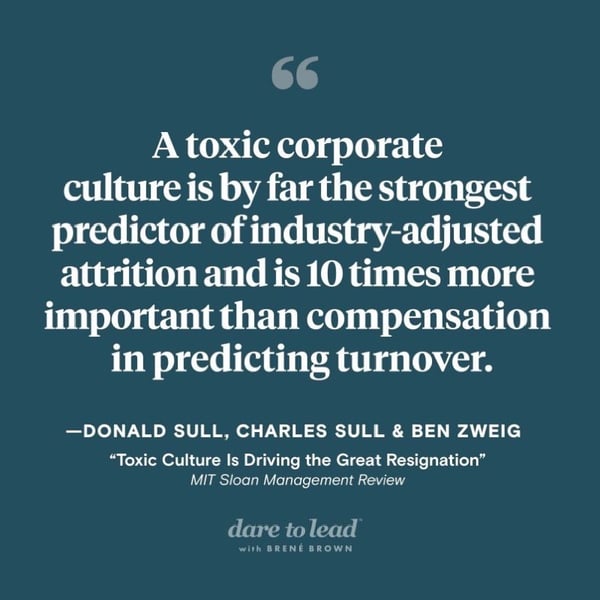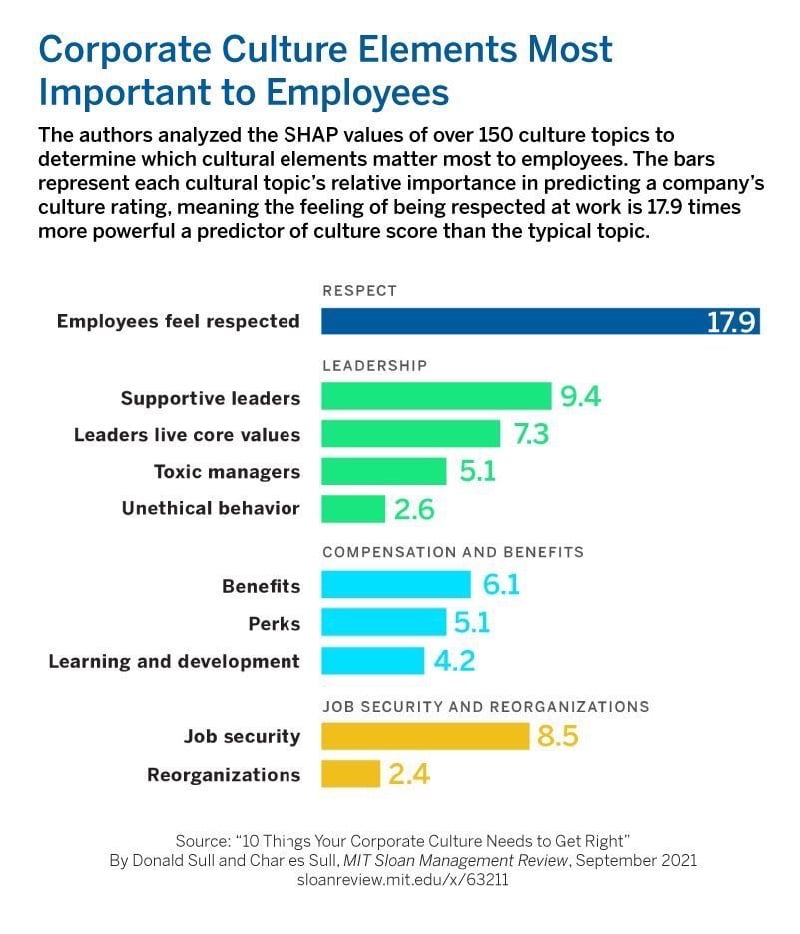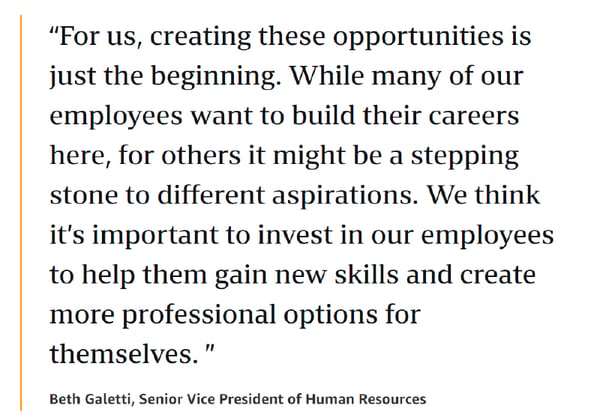6 Considerations to Adapt to The Great Resignation Phenomenon

47 million people quit their jobs in 2021. Some chose a different career path. Others took a break and simply want to retire. Overall, this is a major shift in the workforce landscape, and it is far from over. Right now, in the USA, there 11 million open positions and 9 million workers sitting on the sideline. Additionally, there is a drought of specialized skills in engineering, sales, and accounting for example. If you are a CRO needing resources to scale, your HR leadership team must be your best friend right now. But facing The Great Resignation is not just an HR and talent acquisition problem. It is a company-wide challenge that must be faced head-on, starting in the C-suite.
In the current environment, any strategic plan or 2023 budget plan must include a strategic initiative on the topic of talent retention and acquisition. If these topics are not on your radar, make sure you bring them up the management chains. You might not have suffered from an exodus right now, but it is around the corner. In our first blog of this series, we shared some of the critical statistics about The Great Resignation. In this next blog in this series, we share six considerations on how to face, adapt, and take action to turn the situation around. Let us get started.
- Understand why employees are leaving the firm and focus on the pains. Now is the right time to invest in an internal engagement and satisfaction surveys. The organizations that are collecting feedback, closing that loop, responding with action, and adapting to these changing needs of their employees are coming out on top. Companies that implement regular employee feedback have turnover rates that are 14.9 percent lower than for employees who receive no feedback [1]. The C-suite must face the music. If the feedback of these surveys is that the culture is toxic and employees are leaving because of it, this is a red flag that requires an immediate management intervention. There might be other pains as we discussed in our first blog.

Take practical steps to adopt lasting changes to support employees and focus on retention. Employees are on the edge right now. Lots of them have left their jobs and companies, and more are thinking about doing the same. There is not time for long existential discussions and exploratory considerations. This is the time for actions focused on clear communication and assertiveness. Workers want to see clear & consistent answers on the COVID-19 mitigation, on working-from-home policies, on flexibility for childcare, on training and development opportunities, etc. There is a hunger for heavy communication that focus on current pains and concrete actions to reassure employees. Let us focus on two specific critical points:
- Retention strategies cannot be one-size-fits-all. Considering every company’s employee demographic is different from the next, the way it engages and nurtures relationships with its employees should not be a carbon copy of their competitors and any widely publicized success stories. In fact, the more customized and adapted to the specific culture, the more pride employees can take in their place within the organization [2].
- Employees are looking for a sense of working community, not just a place to work. Many companies previously leaned on the physical office to facilitate this sense of community, offering attractive in-office perks. But what employees miss now is not the office. At a time when the flexibility offered by remote work is valuable for employees, maintaining and enhancing employee connection and community requires special attention from employers [3].
- Train managers to engage in deep existential discussions with top talent. Focusing on top talent or specialized critical employees is a place to start. Next, engaging a wider population is step #2. There is a need to re-ignite the sense of passion and attachment with the company’s values and mission [4], to discuss personal values and how they fit with the corporate ones, and to mitigate the wave of early retirement by offering part-time jobs or consulting gigs [5]. HR cannot do this on their own. All of management needs to be mobilized to engage the various layers of the organization.
- Revisit your benefits, perks, and compensation schemes. That is the easiest consideration. Not every company can give the most generous benefits and perks, but they can get better at it and get creative. With many big-name companies starved for staff, some have begun dangling employee perks ranging from wage bonuses to free tuition, to student loan relief, to complimentary daycare [6]. Others offer fertility benefits [7]. Lastly, money still talks! [8]

Offer training and people development options. 94% of employees say they would stay at a company longer if it invested in their career development. In an era dubbed “The Great Resignation”, this is one clear and simple reason to be proactive about on-going worker learning [1]. A second point is that, with increased level of technology and automation, employees may feel threatened by technology, may feel out of touch with the modified role, and may feel disconnected with the tasks [10]. There is certainly a need for role re-definition and coaching of certain functions and roles in the firm. Finally, there is a critical need to make a strategic commitment to employee upskilling and reskilling. For example, starting in 2019 and through 2025, Amazon is dedicating over $1.2 billion to provide 300,000 employees with access to free training programs, including college tuition for our front-line employees. Amazon is launching, scaling, and investing in skills training programs that support employees across corporate offices, tech hubs, fulfillment centers, retail stores and transportation networks. Amazonians are to get trained in well-paying, in high-demand areas like medicine, cloud computing, and machine learning [11].

Focus on fixing your toxic culture and move to a culture of inclusion, diversity, and friendship. As mentioned, addressing a toxic culture and root cause is a good first step. But it is not the only nor last step. More employees are demanding a culture that embrace a culture of inclusion, diversity, and friendship. It is shown that employees who feel connected personally to at least one person at work are more productive, engaged, and stay longer. Peer-to-peer friendships, mentorships, social groups, and other people-first initiatives—whether in or out of the office—will go a very long way in improving retention [12].
Our research conducted for this second blog of the series reveals that there is a consensus that these six considerations can help mitigate the impact of The Great Resignation. What is not addressed is the need for a high sense of urgency, the need for a C-suite involvement, and the need for strategic actions. This is a make or break for any company which needs to grow and deliver value to customers. The third blog of the series will focus on how sales teams are impacted by this phenomenon and how CROs can take strategic actions to stabilize their sales organization.
Bio

Dr. Stephan Liozu (www.stephanliozu.com) is the Founder of Value Innoruption Advisors (www.valueinnoruption.com), a consulting boutique specializing in industrial pricing, digital business, and value models, and value-based pricing. Stephan has 30 years of experience in the industrial and manufacturing sectors with companies like Owens Corning, Saint-Gobain, Freudenberg, and Thales. He holds a Ph.D. In Management from Case Western Reserve University, and has authored several books, including his latest book, The Industrial Subscription Economy (2022). Stephan is a strategic advisor to DecisionLink and Monetize360, as well as a senior advisor at BCG.
[1] The Great Work/Life Divide in the United States (Report) | Catalyst
[2] 6 Ways to Create a Winning Culture During the 'Great Resignation' (ampproject.org)
[3] Glassdoor Workplace Trends for 2022 - Glassdoor) (2) New Messages! (glassdoor.com)
[4] How the Great Resignation is fueling the passion economy | Fortune
[5] In the 'Great Resignation,' Older Workers Lead the Way - Your Money Briefing - WSJ Podcasts
[6] Great Resignation is speeding up: Here are 4 reasons why (fastcompany.com)
[7] Companies are scrambling to get ahead of the Great Resignation by beefing up fertility benefits. Here is what they're offering | Fortune
[8] One-Third of Those Who Changed Jobs Make 30% More (conference-board.org)
[9] linkedin-learning-workplace-learning-report-2018.pdf
[10] Experts on the Future of Work, Jobs Training and Skills | Pew Research Center

 ValueCloud
ValueCloud
.png?width=118&height=76&name=Rectangle%20(3).png) ValueCloud Ignite
ValueCloud Ignite
.png?width=92&height=92&name=Rectangle%20(4).png) Free Assessment
Free Assessment
.png?width=100&height=100&name=Rectangle%20(5).png) Watch a Demo
Watch a Demo
.png?width=82&height=96&name=Rectangle%20(6).png) Value Calculator
Value Calculator

.png?width=62&height=51&name=Group%2010%20(1).png) Marketing
Marketing
 Sales
Sales
 Customer Success
Customer Success
 Engage Prospects
Engage Prospects
 Win Deals Faster
Win Deals Faster
 Retain Customers
Retain Customers
.png?width=62&height=62&name=Rectangle%20(8).png) Adopt and Scale
Adopt and Scale
.png?width=54&height=54&name=Rectangle%20(9).png) Cybersecurity
Cybersecurity
 Healthcare
Healthcare
.png?width=54&height=54&name=Rectangle%20(10).png) IT & Software
IT & Software




